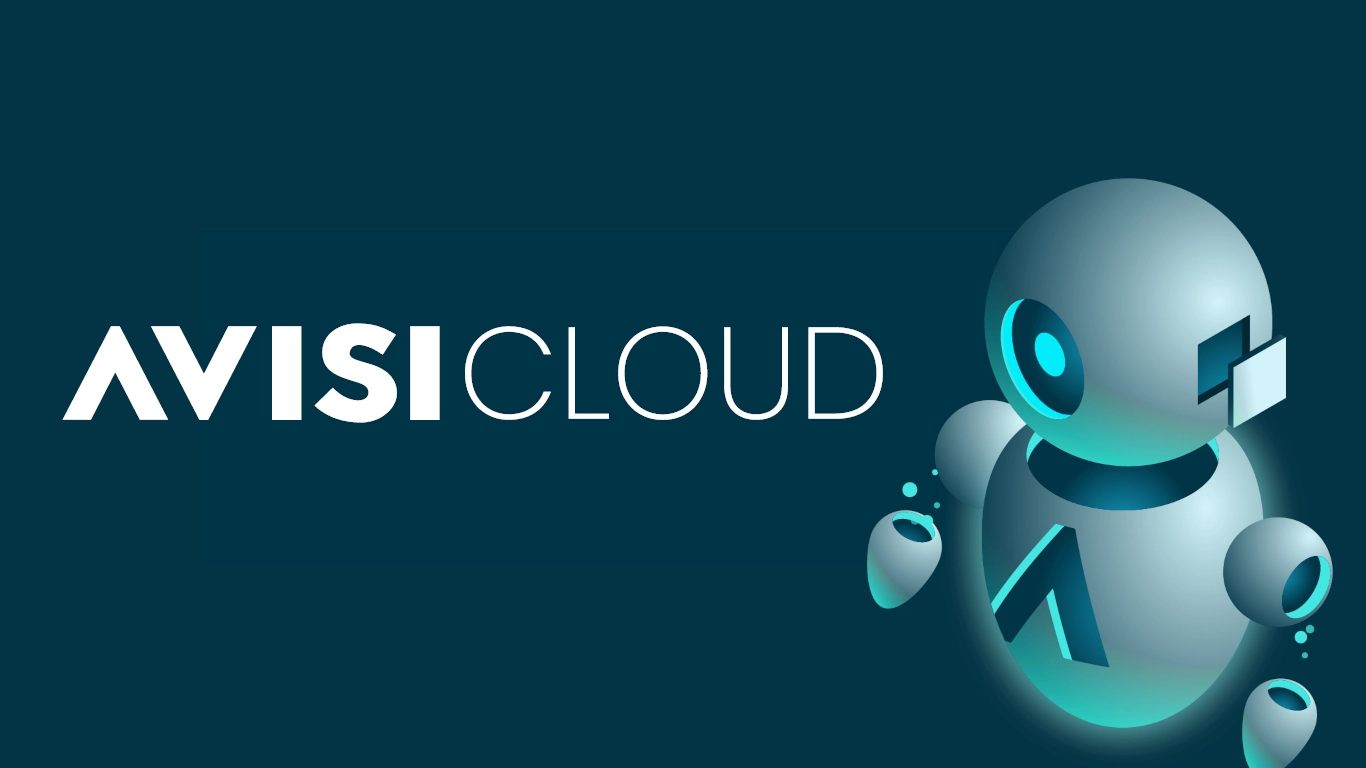Observability Blog Posts
What is Observability?
Observability is a term that originates from control theory and it’s a measure of how well you can infer the internal states of a system based on its external outputs. In the context of software engineering and IT operations, it refers to your ability to understand the state of your systems, based on the signals or data that they produce.
Observability is about gathering different types of data from your systems that helps you answer questions about what’s happening on the inside. This data typically includes logs, metrics, and traces, commonly referred to as the “three pillars” of observability:
- Logs: These are the event data or the immutable records of discrete events that happened over time. Logs provide a wealth of information which is very useful for diagnostic purposes.
- Metrics: These are the numerical data measured over intervals of time. Metrics are about knowing the numbers — they could be counts, durations, or other measurements that can be represented in a numerical form. They are useful for identifying trends and patterns over time.
- Traces: These are useful for understanding the relationship between different components in a distributed system. Tracing allows you to track a request as it travels through various microservices, and observe how it’s processed.
Using Prometheus Agent Mode for better memory utilization
Reducing memory utilization of our monitoring addon
Posted June 13, 2023 by Avisi Cloud ‐ 2 min read
Improve your Observability with USE and RED methods
Improving observability is essential for any system. Learn how to apply USE and RED metrics to improve your observability and debug performance issues effectively.
Posted May 23, 2023 by Thomas Kooi ‐ 5 min read

